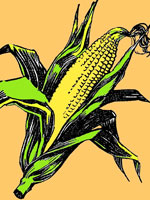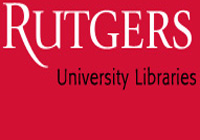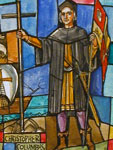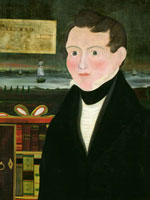Scarsdale Historical Society and Cudner-Hyatt House [NY]
The Scarsdale Historical Society seeks to preserve and share the history of Scarsdale and the Central- and Mid-Westchester area, NY. The society operates two historic properties, the circa 1734 Cudner-Hyatt House and an 1828 Quaker meeting house. Topics addressed include daily life in the late 19th-century, the Civil War, and the Lenape people.
The society offers exhibits; two-hour curriculum-based educational programs with a lesson, tour of the Cudner-Hyatt House, activities, and a take-home project; one-hour educational programs; group tours; Scout activities; three themed traveling trunks with artifact replicas; and outreach presentations for schools. The exhibits and Cudner-Hyatt House are partially wheelchair accessible.




